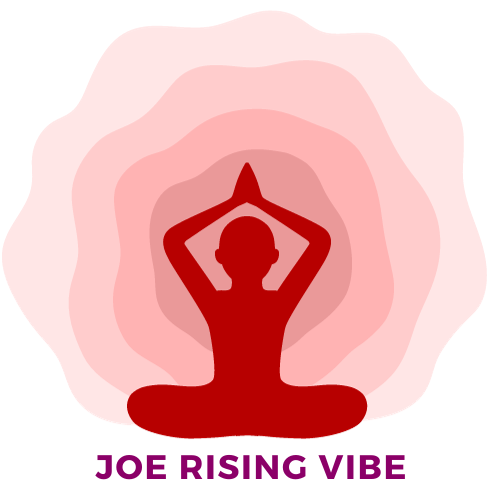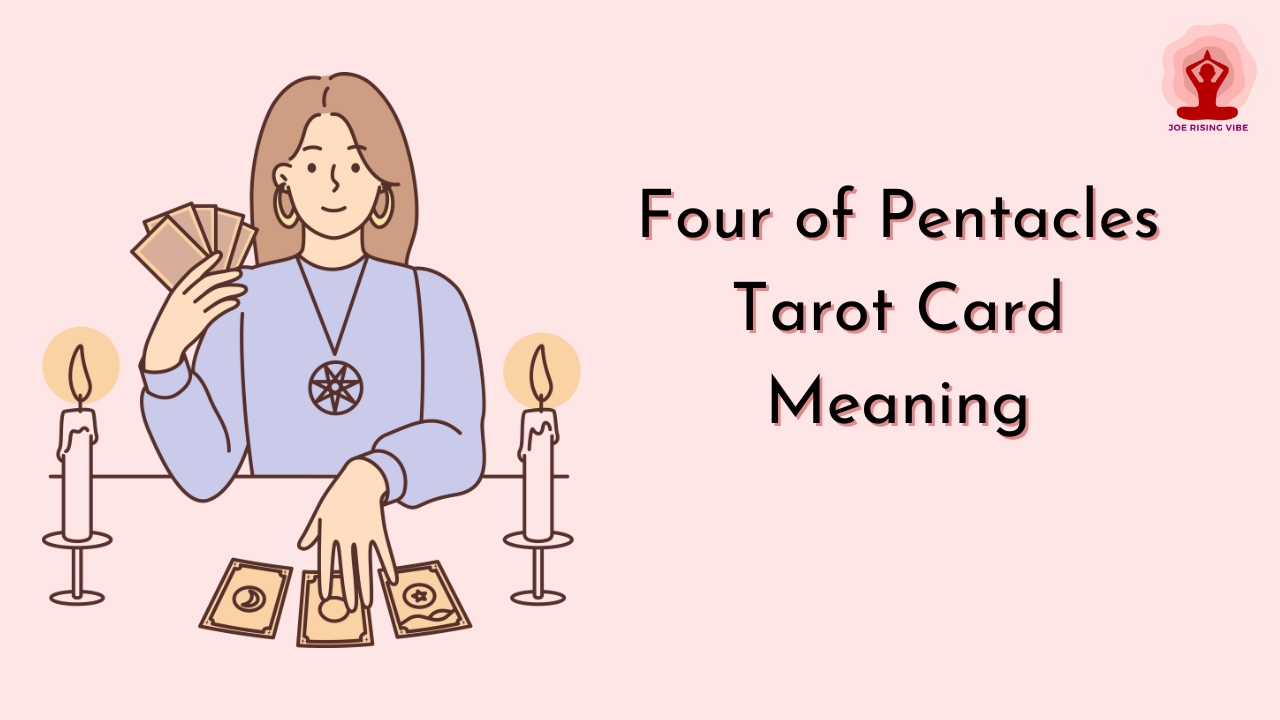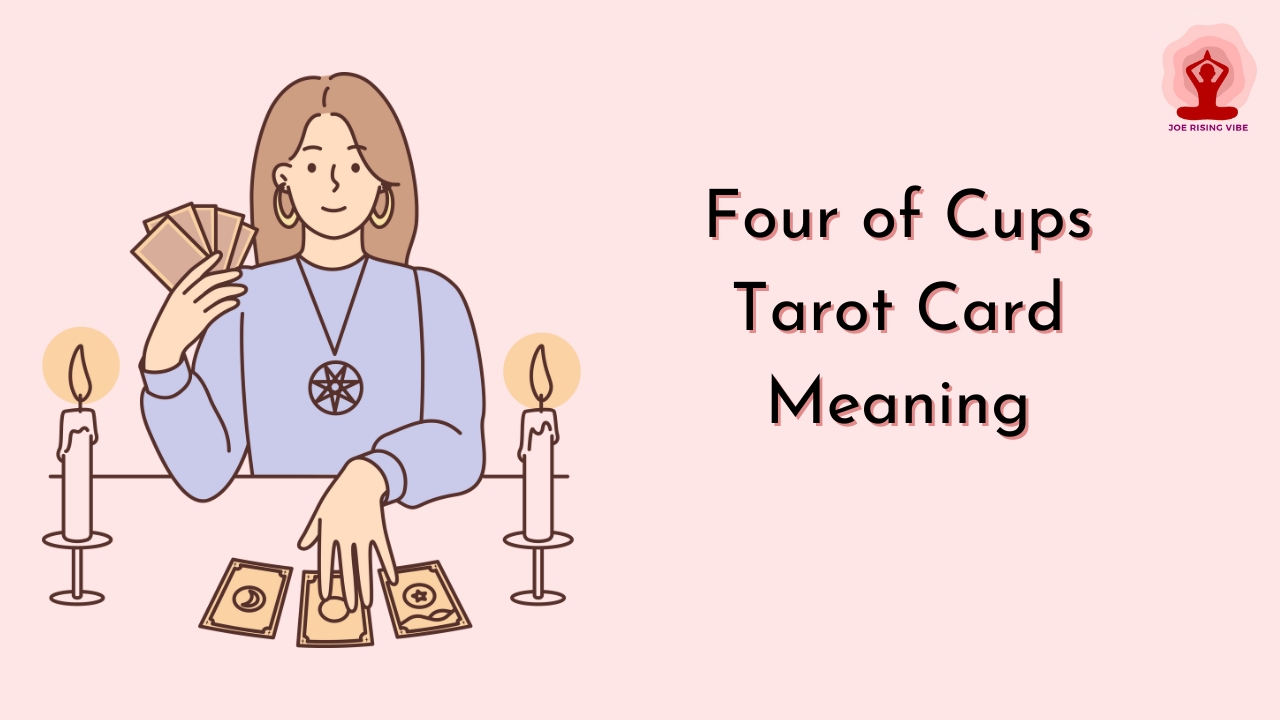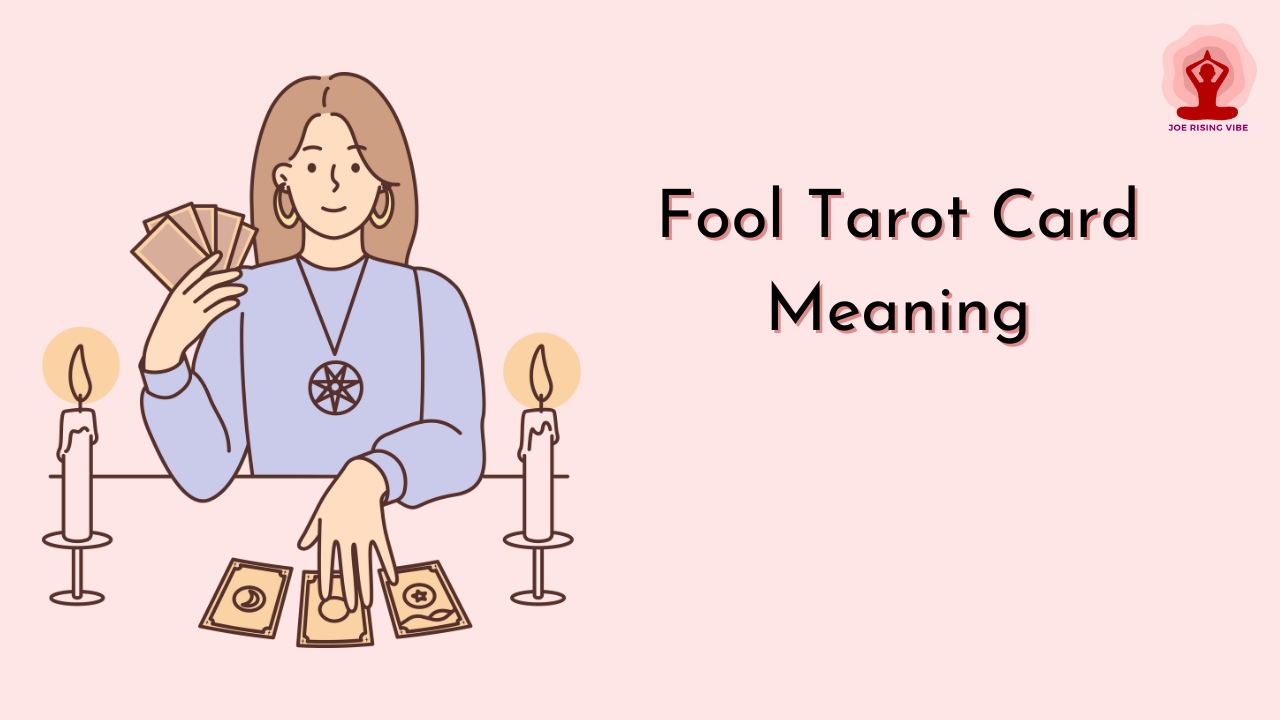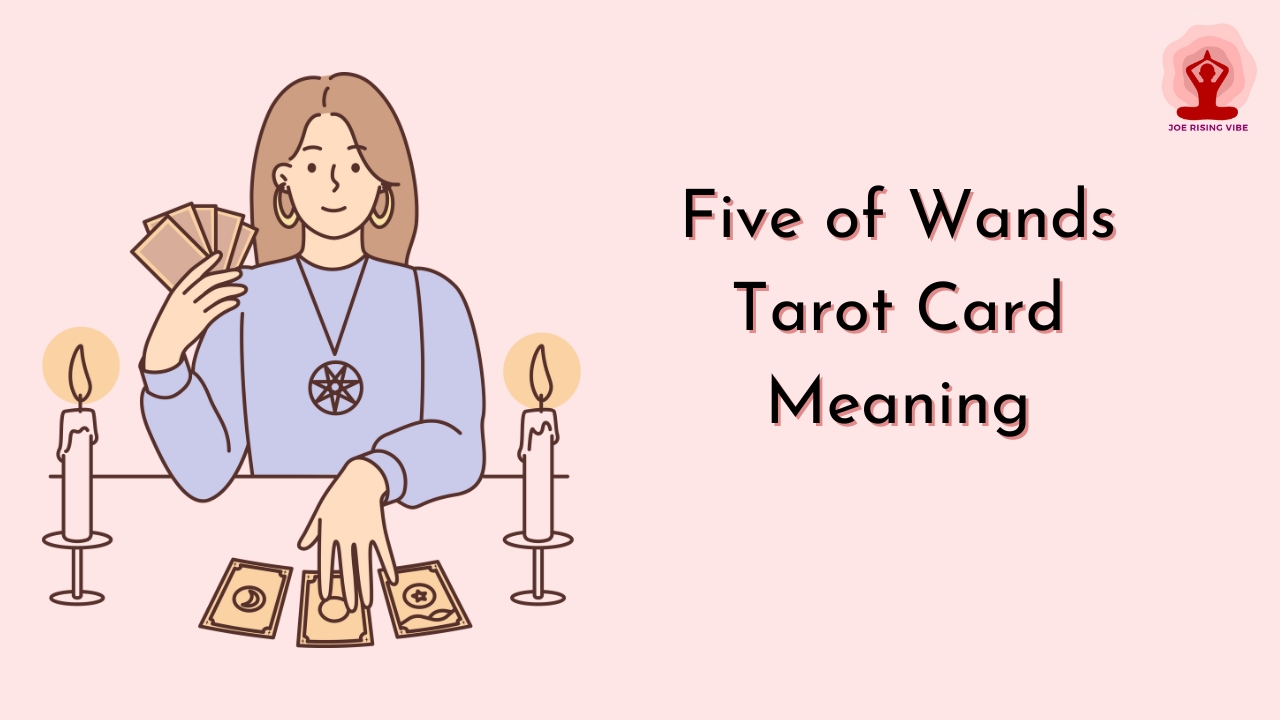Dreams are stories and images our minds create while we sleep. They can be vivid or lucid. Vivid dreams are clear, detailed, and may feel real. Lucid dreams go a step further; you know you’re dreaming and might even control the dream! People enjoy both kinds of dreams for different reasons.
Dreams happen most during REM sleep when our brains are active like when we’re awake.
Some folks learn to have lucid dreams on purpose. In these special dreams, certain parts of the brain light up with activity. While vivid dreams can be fun or scary nightmares, lucid dreaming lets you decide what happens next!
Understanding how our brains work in these moments helps us learn about human consciousness. Even if vivid dreams aren’t under our command like lucid ones, both types give us exciting chances to explore new worlds in sleep.
In this article, let’s find out what makes vivid and lucid dreams different from each other – it’s like an adventure inside your mind every night!
Understanding Dreams: Definition and Types
Dreams are a fascinating phenomenon that occur during the REM stage of sleep. There are two main types of dreams, vivid dreams and lucid dreams, each with their own unique characteristics and effects on our consciousness.
Vivid Dreams
Vivid dreams are full of rich details and emotions. They happen during REM sleep, when your brain is very active. These dreams can feel real and intense. You might wake up feeling like you actually lived through them.
Many people enjoy these kinds of dreams because they can be fun or exciting. They let us experience adventures without leaving our beds! Sometimes, we get to see loved ones or relive happy times in vivid dreams.
But if they turn into nightmares, they might scare us instead. It’s important to remember that while vivid dreams can influence how we feel in the morning, they’re just a product of our imagination and subconscious mind at night.
Lucid Dreams
Lucid dreams occur when the dreamer becomes aware that they are dreaming while in the midst of a dream. This heightened state of consciousness allows the dreamer to have an active role in shaping their dreams and even controlling their actions within them.
Research indicates that lucid dreaming is a trainable cognitive skill, and it comes with a boost of activity in different parts of the brain, providing valuable insights into the functioning of the brain and the nature of consciousness.
The capacity to have lucid dreams opens up a new realm for exploring one’s perceptions and awareness during sleep. During lucid dreams, individuals may experience enhanced clarity and control over their surroundings, leading to potentially positive effects on mental well-being by offering a sense of empowerment and insight into the mysteries of human consciousness.
Differences Between Vivid Dreams and Lucid Dreams
Vivid dreams occur more frequently, often during the REM stage of sleep, and are characterized by intense and realistic experiences. On the other hand, lucid dreams involve a level of control and awareness within the dream, allowing individuals to manipulate their surroundings or actions.
Occurrence and frequency
Vivid dreams often occur during REM sleep, which happens multiple times throughout the night. They are common and can happen to anyone, regardless of age or gender. Lucid dreams, on the other hand, occur less frequently than vivid dreams for most people.
However, with practice and training, individuals can increase the occurrence of lucid dreaming. This makes lucid dreaming a more unique experience compared to vivid dreams. Both types of dreams provide insights into our subconscious mind and offer opportunities to explore different aspects of consciousness.
Frequency may vary greatly among individuals when it comes to having vivid or lucid dreams due to factors such as sleep patterns and overall mental well-being. These differences in occurrences contribute to shaping how both types of dreams are experienced by different people.
Control and awareness
In lucid dreams, individuals are aware that they are dreaming while the dream is ongoing. This heightened level of awareness allows some people to control their actions within the dream and even alter the dream’s course.
On the other hand, vivid dreams do not necessarily involve this level of consciousness or control, as they are typically experienced as realistic and immersive without the same degree of self-awareness.
In lucid dreams, individuals have cognitive control over their actions within the dream, which can lead to unique and often empowering experiences. Conversely, vivid dreams may lack this element of conscious control and can manifest as intense sensory experiences with less active participation from the dreamer.
Effect on mental health
Vivid dreams can impact mental health by causing emotional distress when they turn into nightmares, leading to anxiety and sleep disturbances. They may also reflect unresolved issues or traumas, affecting overall well-being.
On the other hand, lucid dreams may offer a sense of control and empowerment, potentially reducing anxiety and improving mood. Research indicates that experiencing lucid dreams is linked to lower levels of stress and increased self-confidence.
Both types of dreams can contribute to understanding an individual’s psychological state, shedding light on their subconscious thoughts and emotions.
Benefits and Risks of Vivid and Lucid Dreams
Vivid dreams can provide a sense of creativity and emotional release, while lucid dreams offer the potential for self-awareness and control. However, both types of dreams may also pose risks such as confusion between dream and reality, leading to potential negative effects on mental health.
Positive effects
Vivid and lucid dreams have positive effects on mental health, providing valuable insights into the brain’s functioning and consciousness. They offer opportunities for self-discovery and creativity, and they can improve problem-solving skills. Additionally, vivid and lucid dreams can be a source of inspiration for artists, writers, and innovators. Furthermore, these types of dreams allow individuals to confront fears and anxieties in a safe environment. Moreover, they can enhance emotional resilience and empathy towards others. Lastly, vivid and lucid dreams have been linked to improved overall well-being.
Potential dangers
- Vivid dreams can lead to anxiety and disturbed sleep patterns.
- Lucid dreaming may cause confusion between reality and the dream world.
- Engaging in lucid dreams excessively can disrupt regular sleep cycles, leading to fatigue.
- The practice of controlling dreams could potentially impact mental health if not managed properly.
- Vivid dreams with distressing content could result in emotional turmoil and affect waking life.
How to manage negative experiences
To manage negative experiences from vivid or lucid dreams:
- Engage in relaxation techniques such as deep breathing or meditation to calm the mind.
- Write down the dream and explore its possible meanings to gain insight and closure.
- Establish a calming bedtime routine to promote better sleep quality.
- Seek professional help if recurrent distressing dreams affect daily functioning.
- Create a peaceful sleeping environment free from stimuli that may trigger negative dreams.
- Practice positive visualization before bedtime to influence dream content towards more pleasant scenarios.
- Discuss the dreams with a trusted person to process emotions and gain new perspectives.
- Avoid consuming heavy meals, caffeine, or alcohol close to bedtime, as they can impact dream intensity.
Conclusion
In conclusion, vivid dreams and lucid dreams have distinct characteristics and effects on mental health. Understanding the differences can help individuals recognize and appreciate their dream experiences.
Both types of dreams offer valuable insights into the brain’s function and consciousness, highlighting the complexity of human thought processes. Exploring these phenomena can lead to a deeper understanding of the mind’s capabilities and potential for personal growth.
